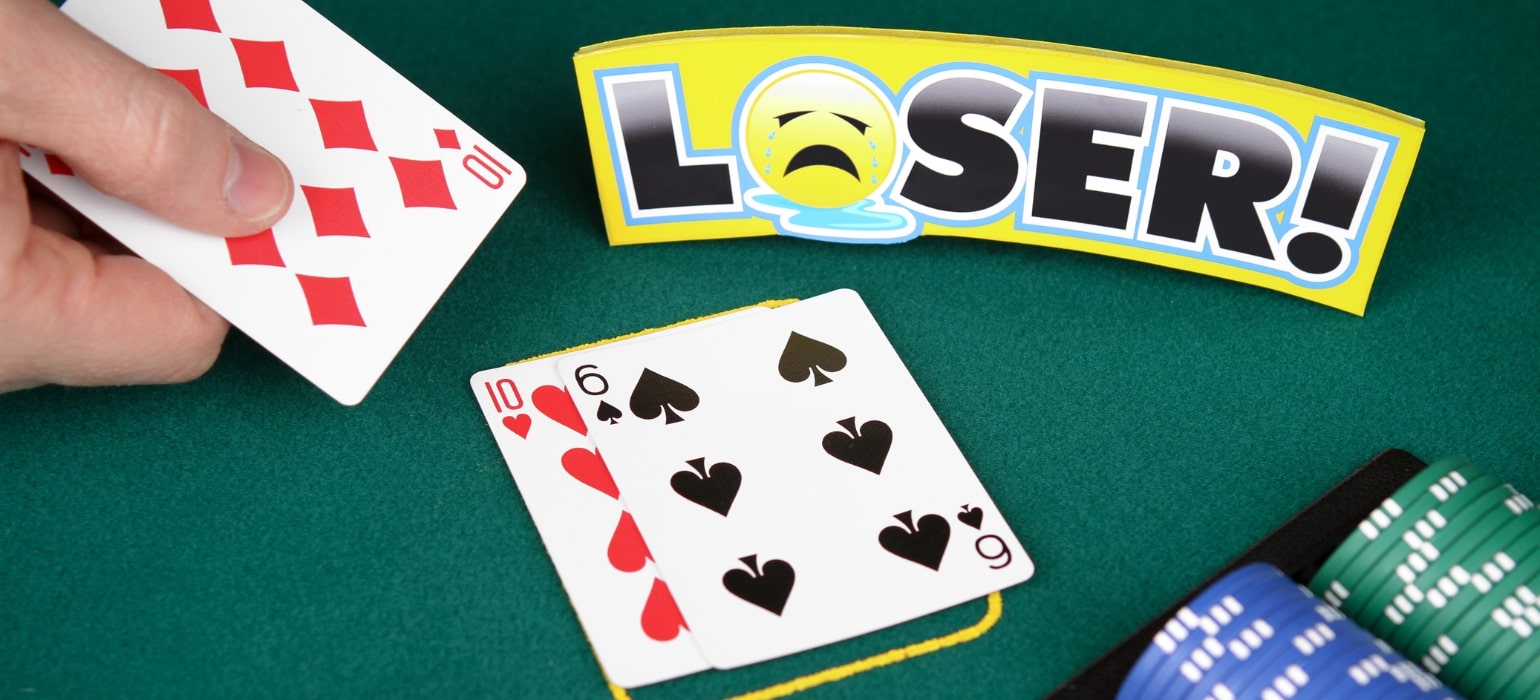
What is equity in poker?
In this article, you will learn what equity is in poker, and how to calculate the EV (expected value) of your plays. Knowledge of equity…

The poker table traditionally comes in three sizes. Either you play what is known as full ring, which holds 9 players, short-handed, which takes up to 6 players, or the arguably purest form heads-up, which entails a 1v1 battle. Learn poker positions: Understand why where you sit can change the game with our beginner’s guide!

The most common table size people play online nowadays is 6-max (short-handed), and that will be the focus of this article. In a 9-max table the first three positions are usually referred to as UTG, UTG + 1 and UTG + 2 (or EP1, EP2 and EP3). The next two positions are Lojack and Hijack.
At a 6-max table, the person first to act preflop would be LJ, then HJ, CO, BTN, SB and finally, BB.

In poker, who gets to make their decision in what order is very important. Do you get to go first, or last, or are you perhaps sandwiched in the middle?
The reason why this is important is because poker is a game of incomplete information, meaning that you do not know what hand your opponent has, or what card will come next, etc.
Thus, it stands to reason that before making a decision, you would always want to have gathered as much information as possible. Therefore, a general rule is that going last is best. This is because by having one’s opponents act first, an observant player will thereby collect further valuable information before making a decision.
Once the flop has been dealt, and on all consecutive streets, the action runs clockwise from the BTN. This means that if the SB is still in the hand, then he is first to act. Next in order are BB, LJ, HJ, CO and BTN.
There is absolute position, relative position and having position on someone.
Having position on someone simply means that you act after them, so the HJ has position on the LJ, the BTN has position on the CO and so on. Preflop, the BB has position on the BTN, but postflop, the BTN has position on the BB.
Thus, preflop, you could say that the BB has position on everyone, as he gets to go last, but this position is not absolute.
Your absolute position simply refers to your proximity to the BTN. The SB being the closest, and the CO being the farthest away. You want to be as far away as possible, or preferably be the BTN yourself.
Absolute position is very relevant in situations when you only have one opponent, because it determines who has position throughout the hand, i.e who gets to go last. As you may have figured out, this means that while the SB has a great advantage preflop, due to only having to make it through one player instead of five, like the LJ, the SB is also the worst position postflop as he always has to go first.
But what could happen in a situation when more than just two players are in the hand?
Imagine the HJ, CO and BTN all three take a flop.
In this scenario, the CO has position on the HJ player, and the BTN player has position on both the CO player and the HJ player.
The HJ acts first, the CO is sandwiched in the middle, and the BTN acts last. As we now know, this means that the BTN is in position and has absolute position.
However, based on the action of the hand, who has position can change. There is such a concept as relative position. This means that the position changes based on who has the option to close the action.
In the case that everyone checks on the flop and we see a turn, the BTN had position and still does, but if instead, the HJ checks, the CO checks and the BTN bets, now we find ourselves in a situation where the CO has position, because when action swings back to the CO, he is now last to act and can choose whether or not to close the action.
This can be toyed with in a million different ways. For example, if the action had gone, HJ checks, CO bets, now the BTN no longer has position, because the HJ player gets to act behind him.
This concept of being in position or out of position is applicable in all stages of a hand, both preflop and postflop, and it should carry a lot of weight to your strategy.
The player first to act in a hand holds the under the gun position. In short handed 6-max play, this is the LJ position, but it is also conventional to refer to the player first to act as the LJ player. The more players you have at the table, the worse it is finding yourself in this position.
The logic behind this should be quite self-evident; the more people left to act, the more people can have a strong hand, making it less likely for you to win.
Having a lower chance to win is obviously bad for you, and you should counteract this lack of position by choosing to play fewer and stronger hands. From the BTN or SB, you can allow yourself to play way more hands than from the LJ or HJ.

In this article, you will learn what equity is in poker, and how to calculate the EV (expected value) of your plays. Knowledge of equity…

One of the most common questions is how many hands you need to play before you can understand your winrate. The answer is…

Poker is a game of both luck and skill and sometimes it is not going your way. You want to learn and win, but instead you lose more than…
| Cookie | Duration | Description |
|---|---|---|
| cookielawinfo-checkbox-analytics | 11 months | This cookie is set by GDPR Cookie Consent plugin. The cookie is used to store the user consent for the cookies in the category "Analytics". |
| cookielawinfo-checkbox-functional | 11 months | The cookie is set by GDPR cookie consent to record the user consent for the cookies in the category "Functional". |
| cookielawinfo-checkbox-necessary | 11 months | This cookie is set by GDPR Cookie Consent plugin. The cookies is used to store the user consent for the cookies in the category "Necessary". |
| cookielawinfo-checkbox-others | 11 months | This cookie is set by GDPR Cookie Consent plugin. The cookie is used to store the user consent for the cookies in the category "Other. |
| cookielawinfo-checkbox-performance | 11 months | This cookie is set by GDPR Cookie Consent plugin. The cookie is used to store the user consent for the cookies in the category "Performance". |
| viewed_cookie_policy | 11 months | The cookie is set by the GDPR Cookie Consent plugin and is used to store whether or not user has consented to the use of cookies. It does not store any personal data. |